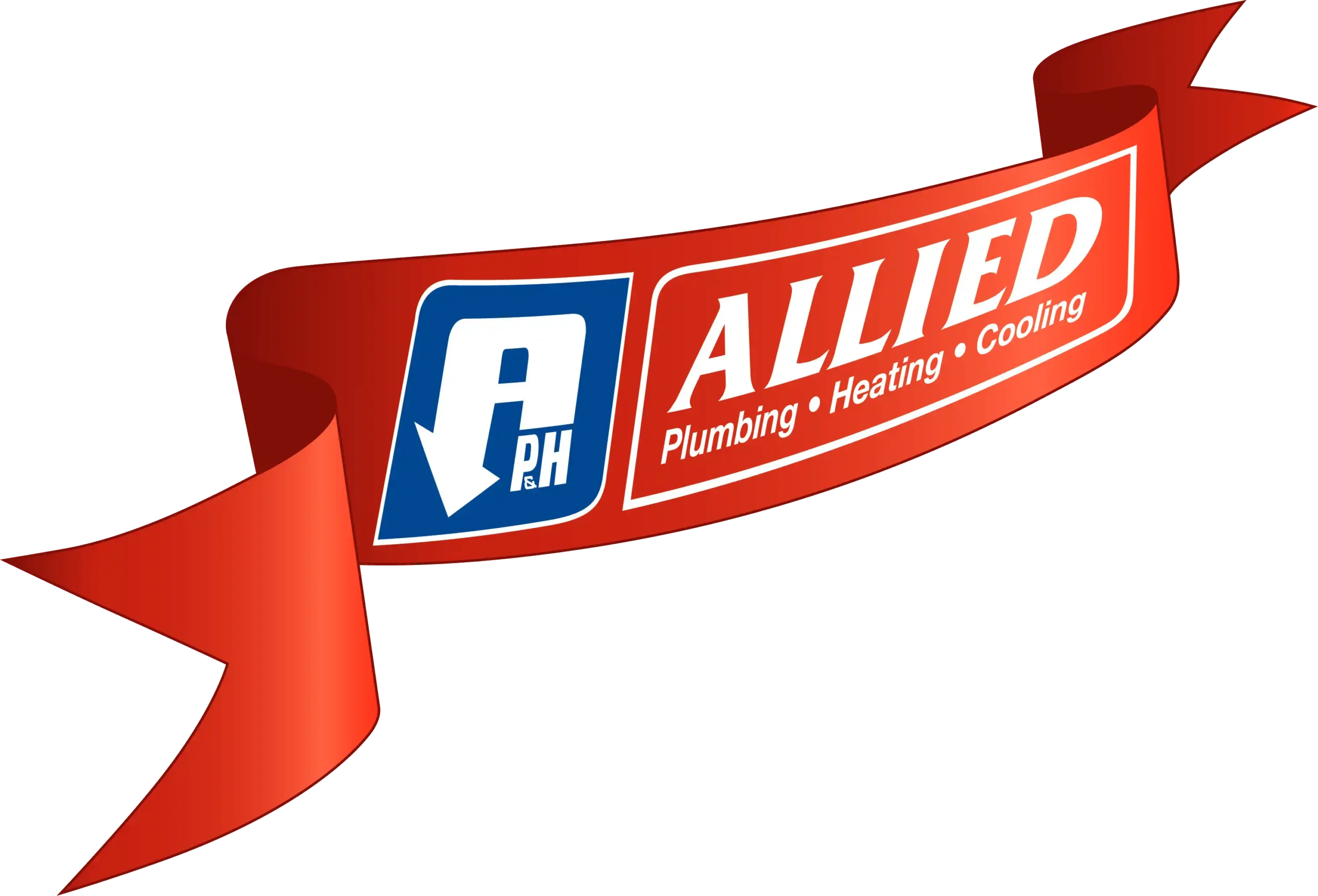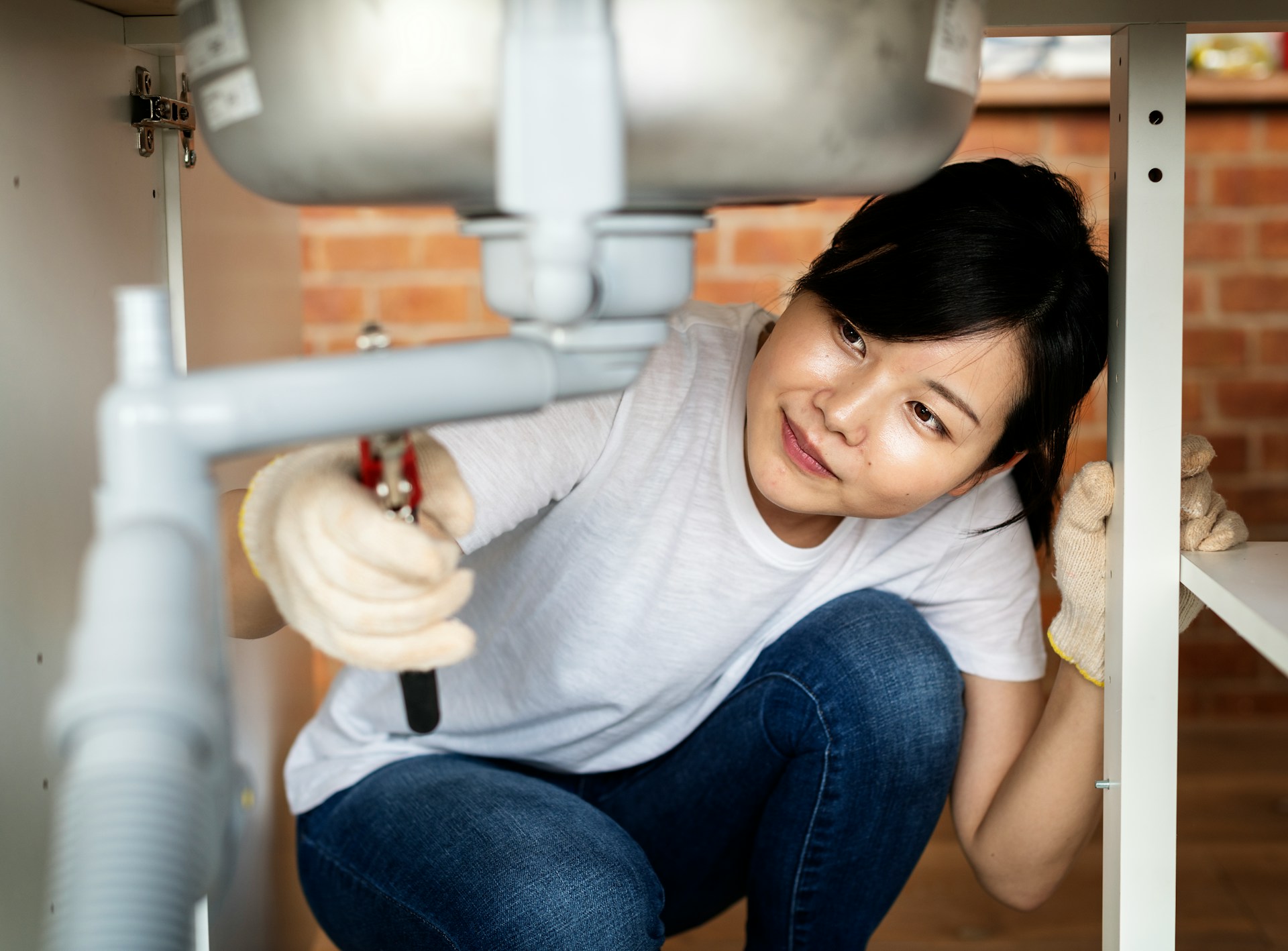Low water pressure can make everyday tasks take longer than they should. Whether you’re washing your hands, doing dishes, or taking a shower, weak pressure is enough to cause noticeable frustration. If your plumbing fixtures in Pleasant Plains are delivering less water than expected, it’s important to identify the cause. Water pressure problems often start small, but ignoring them can lead to bigger plumbing headaches down the line.
Understanding why your fixtures aren’t pushing out enough water is the first step toward fixing the issue. It might be a sign of buildup, hidden leaks, or aging plumbing parts that aren’t working right anymore. This article explores the common reasons water pressure drops in homes and what steps you can take to get it flowing like it should.
Understanding Low Water Pressure in Your Home
One of the first signs homeowners notice with low water pressure is a faucet or showerhead that simply doesn’t deliver a strong stream. While sometimes this can be limited to one fixture, other times it points to a larger plumbing problem.
Several causes can lead to weak water pressure in a home:
1. Mineral or sediment buildup inside the pipes or fixture heads
2. Partial blockages in the main water line
3. Worn out or failing pressure regulators
4. Small, corroded, or leaking water supply lines
5. Issues with the municipal water supply feeding your home
Fixtures like kitchen sinks, bathroom faucets, and showerheads are commonly affected. You might find yourself standing in the shower wondering why it’s taking longer to rinse, or why your kitchen tap slows down significantly when another appliance is running water. These patterns can provide clues about whether the issue is isolated or widespread.
Some signs you’re dealing with a low water pressure issue include:
– A thin, weak stream of water from faucets
– Appliances like washing machines and dishwashers taking longer cycles
– Needing to flush toilets multiple times
– Noticing a drop in pressure when more than one fixture runs at once
If you’ve lived in your home for a while, changes in water pressure tend to stand out. Even if it seems like just a minor inconvenience now, it could be the beginning of a larger issue that risks damaging your plumbing system.
Diagnosing the Problem
Pinpointing the cause of low water pressure helps determine how much work is involved in fixing it. A good place to start is by testing your water pressure at the source. You can attach a pressure gauge to an outdoor spigot or hose bibb to get a reading. Low readings often suggest that the problem lies in the main line or plumbing closer to the water source.
Once you get a general pressure reading, start observing patterns inside the house. Ask yourself these questions:
– Does the issue happen at just one fixture, or at multiple?
– Is it worse at certain times of the day?
– Does running two or more fixtures at once make the pressure even lower?
Answering these kinds of questions can help narrow down what’s causing the drop. For example, if only your bathroom sink has low pressure, the issue may be with its aerator or plumbing line. If every fixture seems to have the issue, it’s more likely tied to your home’s main pressure setup or aging pipes.
Common culprits our technicians frequently find include:
– Failing pressure regulators that no longer control flow properly
– Sediment buildup in older galvanized pipes, which narrows the opening
– Leaks in underground lines or in walls where the issue isn’t immediately visible
– Partially closed or broken shut-off valves near fixtures or the main line
Correct diagnosis is key before making any repairs. If simple checks don’t reveal the problem, professional help will be needed to inspect the system deeper and recommend a repair that works for your specific setup.
Common Solutions for Low Water Pressure
Once the weak pressure point is identified, solutions can vary based on what’s causing the slowdown. In many homes around Pleasant Plains, issues begin with buildup or worn components that don’t function the way they should. Addressing the root cause ensures consistent performance, not just a temporary fix.
Here are a few common repairs that help restore water pressure:
1. Cleaning aerators and showerheads: Over time, calcium deposits and other minerals collect in the small holes of these fixtures. Removing and scrubbing them with a soft brush or letting them soak in a cleaning solution can often restore flow.
2. Checking and replacing pressure regulators: A malfunctioning regulator may limit the amount of water running to your fixtures. These devices are typically located where the water line enters your home. If it’s failing, replacing it ensures stable pressure across all outlets.
3. Inspecting for pipe blockages or corrosion: If the plumbing system includes older galvanized pipes, buildup from minerals can eventually close off water channels. Pipe replacement or professional-grade cleaning may be necessary.
4. Tightening or replacing shut-off valves: Sometimes a valve that isn’t fully open or is partially blocked will reduce the amount of water reaching a fixture. These valves are usually found right beneath sinks, behind toilets, or near appliances.
5. Checking for known water leaks: Even a small leak can impact pressure. Damp areas around walls, ceilings, or floors might hint that water is escaping somewhere along the route.
These fixes can vary in difficulty. Aerators are relatively simple, but other issues like replacing pressure regulators or investigating hidden leaks should only be addressed by trained professionals with the right tools and safety protocols.
When to Call in Our Professionals
Sometimes the issue isn’t as visible as a slow kitchen faucet or weak shower stream. Internal problems may go undetected until they cause significant damage. Situations where you should immediately bring in our professionals include:
– Sudden and unexplained drops in water pressure
– Pressure that fluctuates throughout the day without warning
– Leaks causing moisture damage to walls, ceilings, or floors
– Complete loss of pressure in one or more fixtures
– Reports of reduced pressure across multiple homes in the area
Our technicians can perform a full plumbing inspection using specialized tools to detect deep clogs, pressure loss, or failed parts behind walls, under slab foundations, or in the yard. Their advanced diagnostics identify the exact source of the problem, saving time and unnecessary repairs.
Regular maintenance also goes a long way toward avoiding pressure problems in the future. Many households in Pleasant Plains experience declining water pressure simply because maintenance gets delayed or skipped altogether. Inspection appointments provide a chance to catch early signs of corrosion, worn valves, or aging fixtures before they fail completely.
Ensuring Optimal Water Pressure
If you’ve dealt with pressure issues in the past, setting up steps to maintain proper flow will help you avoid repeat problems. You shouldn’t have to second-guess whether your water pressure will hold up in your kitchen or bathroom each day.
To keep your water pressure levels steady throughout the house:
– Avoid using multiple high-demand appliances at once during peak hours
– Schedule routine fixture cleaning at least once a year
– Have older pipes inspected for corrosion or scaling
– Keep an eye on any changes in water behavior, even minor ones
For long-term solutions, ask for a pressure regulator adjustment or replacement if needed. If you’ve recently finished a remodel or added a water-heavy appliance, your pressure setup might need a boost to accommodate the increased demand. Fixing the issue early can help you prevent higher water bills and premature wear on your plumbing system.
Routine inspections by experienced technicians help detect system weaknesses that reduce efficiency over time. Whether it’s a slow pipe under your driveway or an outdated valve buried behind a wall, early detection allows for safer, cleaner fixes with less disruption, often before you even notice serious symptoms inside the house.
Restoring Consistent Water Pressure in Your Home
Low water pressure doesn’t have to become just another everyday inconvenience. Whether you’re rinsing off in the shower or trying to fill a pot during dinner prep, your home’s plumbing should deliver consistent, strong flow when and where you need it. The first step is identifying whether the issue is fixture-specific or a whole-system problem, and then taking the right repair approach.
Waiting too long often leads to worse outcomes, including leaks, water damage, and higher long-term costs. If your home’s plumbing in Pleasant Plains isn’t keeping up, professional intervention is the surest way to fix the problem thoroughly and safely. By solving the issue early, you’ll enjoy stronger performance and avoid larger disruptions later on.
If low water pressure is affecting your daily routines and you need trusted help to restore proper flow, consider professional support for your plumbing in Pleasant Plains to ensure lasting solutions. Allied Plumbing Heating & Cooling stands ready to inspect, repair, and maintain your system, ensuring every fixture delivers a steady stream of water when you need it most. For a quick estimate or to book a service visit, please contact us today.





